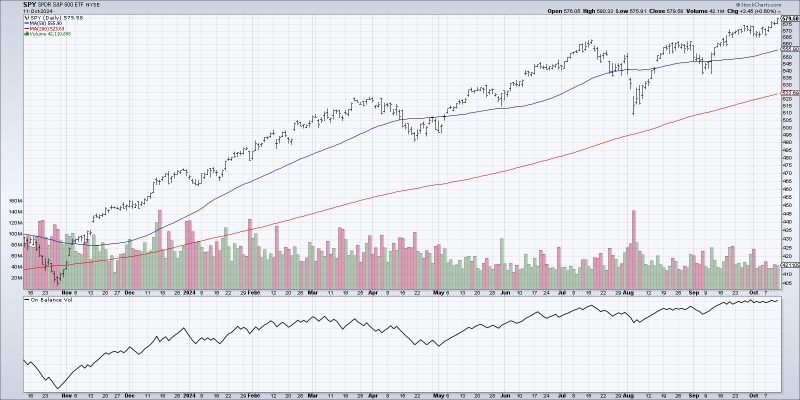In the dynamic world of financial markets, understanding and interpreting various indicators becomes pivotal to your approach to investing or trading. Among the myriad of these indicators, one stands out for its unique characteristics – the Volume Indicator. You could consider this not only as a backbone for efficient trading but also as a crucial tool that could drastically uplift the course of your trading decisions.
The volume indicator, as the name suggests, reflects the total number of shares or contracts that are being traded in a particular period or over a specific period. This feature sets it class apart as it entails not just the price changes but the extent of activity for a specific security or market. Thus, the Volume Indicator paints a bigger picture extending beyond just price fluctuation; it offers information on the strength and momentum of these movements.
The significance of the Volume Indicator becomes more evident when coupled with the price of a security. It has been often observed that large jumps or falls in volume might follow sharp price changes. Regular tracking of volume can help investors identify these moments and thus pave the way for informed decision making. For instance, an unusual hike in the volume accompanying increasing prices can indicate strong buyer interest and a potentially further rise in prices.
To make optimal use of the Volume Indicator, it is crucial to understand two of its primary uses. The first one is confirming trends. A rising market should see rising volume. It is a bullish sign if the volume is on the increase during an uptrend. Conversely, during a downtrend, the volume is supposed to increase during the downward movement. This is because buyers will wish to purchase at a lower price while sellers will try to get rid of their shares, leading to an escalation in volume.
Secondly, the Volume Indicator helps spot market reversals. A shift in market trends is often accompanied by a substantial volume change. This happens when the investors start to close their positions, leading to decreased volume. It may imply a possible end to the current trend and the start of a new one.
Anomalies suggest investors must be mindful and not solely depend on volume indicators. At times, even during a rising market and volume, the prices might fall unexpectedly. Several factors such as market news, corporate announcements, economic indicators, or technical reasons could trigger such a situation.
One prominent version of the volume indicator is ‘On Balance Volume’ (OBV). This indicator adds a period’s volume when the close is up and subtracts the period’s volume when the closing is down. A cumulative total then forms a line that is used in conjunction with price charts to confirm the price trend or warn of potential reversals.
To a novice trader, volume may seem like just another number. Still, to the discerning eye, it is nothing less than a treasure trove of information. Used intelligently and in conjunction with a thorough understanding of the market dynamics, the Volume Indicator is an indispensable tool in the arsenal of any trader. It helps to understand and forecast market trends, provides early warning of potential reversals, and confirms market activity. Therefore, the Volume Indicator certainly deserves your attention in your financial market endeavour because, in the trading world, ignorance is certainly not bliss!
